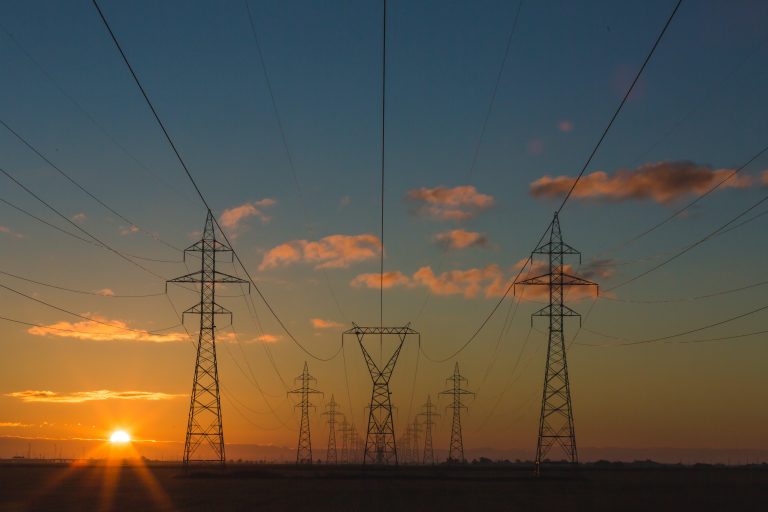
23/08/21
2 min

With doctors and nurses being overworked with insufficient medical equipment for a significant amount of COVID patients. In only the first half of 2021, the healthcare industry has lost between $53 billion and $122 billion in revenue from COVID-19.
Hospitals still trying to recover from the financial windfall caused by COVID-19 in 2020 are now preparing for another surge of hospitalizations due to the Delta variant.
The Delta variant of COVID-19 has proven to be highly contagious and harmful to many unvaccinated Americans. Being the fourth wave of COVID cases, hospitals are starting to overcrowd similar to the beginning of the pandemic. However, instead of hospitalizations consisting of mostly elderly people like in 2020, a majority of hospitalized patients are younger, including children. COVID-related hospitalizations are doubling every week in many counties in the United States, to the point where many hospitals are reaching maximum capacity. In states like Texas and Florida, hospitals are setting up remote hospital beds in fields, auditoriums, and conference spaces to care for the overwhelming number of COVID patients.
“The growth in positivity and hospitalization that might have taken months in 2020 is now happening in weeks with delta,” according to Dave Dillon of Missouri Hospital Association.
In a study conducted by Marietta M. Squire and associates, it was determined that “early implementation of interventions can result in realized cost savings through reduced hospital-acquired infections.” In utilizing negative pressure treatment rooms to hold patients, hospitals spend between $12,000 and $80,000 per year to power these rooms, depending on the size of the room. Additionally, the xenon pulsed ultraviolet equipment used between 440 to 550 kWh in energy per year. These are the interventions that are considered to be more energy efficient.
Many hospital directors throughout the country are looking for ways to cut down on spending time and money on things such as ambulances to redirect their focus on treating COVID patients the best they can.
Luckily, ComTec has been able to help hospitals and healthcare providers nationwide save millions of dollars. ComTec systems have implemented services for telecommunications and energy to assist hospitals in reducing their bills.
ComTec’s Cost Reduction services have saved hospitals’ energy bills an average of 20% by analyzing hundreds of different suppliers’ margins and negotiating the best fit for the client. Through ComTec’s Telecom Cost Reduction service, cell phone costs are cut an average of 32% by substituting plans with the exact same service at a lower rate. Landline costs are also cut an average of 20% by auditing bills to find any errors and thus negotiating a refund check and lower costs moving forward.
In total, the organizations that rely on ComTec systems have saved over $700 million dollars.
This extra money could be reallocated for more important things, like having the most efficient medical equipment and facilities. This includes ventilators, infusion pumps, humidifiers, and hospital beds that could accommodate the influx of delta variant patients. These services are especially beneficial to hospitals because they do not require any additional out-of-pocket costs or cause any disruption in typical day-to-day operations. This way, healthcare providers are able to prioritize their time, money, and attention on helping patients of the delta variant without having to go out of their way to achieve these savings.
Related Blogs









